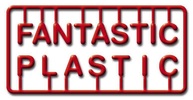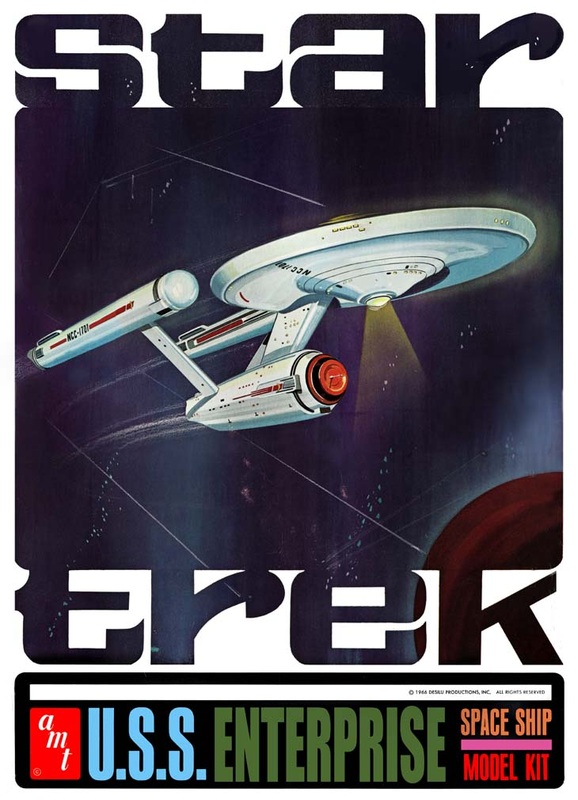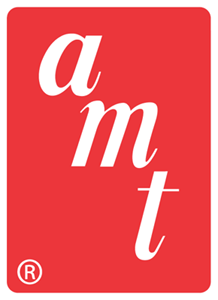U.S.S. Enterprise from "Star Trek" (1966-1969)
About the Design
It's impossible to overstate the importance of art director Matt Jefferies' original "U.S.S. Enterprise" in the evolution of sci-fi spacecraft design. Although it incorporated the then-popular "flying saucer" shape in its main hull, other key aspects of the design were truly radical and would influence speculative designs for decades to come. These elements included: 1) Its wholly non-aerodynamic profile, 2) Its total lack of fins, rocket engines or exhaust nozzles of any kind, and, most importantly, 3) The fact it was incapable of landing on a planet's surface.
Here, for the first time in filmed science fiction, was a spaceship that was truly a "space" ship, one designed exclusively for travel between the stars. So unusual was this design that, in the original NBC promotional artwork --- subsequently used as cover art for author James Blish's first "Star Trek adaptation -- the artist James Bama actually put rocket-like exhaust streaming out of both its warp nacelles and its engineering hull to create a more conventional rocket ship effect! |
About the Kit
One of the plastic hobby industry's all-time best-sellers, AMT's Original Series U.S.S. Enterprise has been in virtually continuous release between 1967 and today.
AMT -- later, AMT/Ertl -- regularly re-engineered the kit, dispensing with its original upper and lower dome lights, reducing the size of the display stand, redesigning the decal sheet, changing the engineering of the nacelle supports, etc. Among enthusiasts, much criticism has been leveled at the sharp raised grid-lines found on the kit's saucer section, grid-lines found only faintly on the actual filming miniature. These and other errors would be addressed -- and corrected -- in the Polar Lights edition released in 2003. Although this collection once included an original issue purchased and built in 1967, the model shown here was purchased and built -- with custom decals -- in the mid-1990s. |


